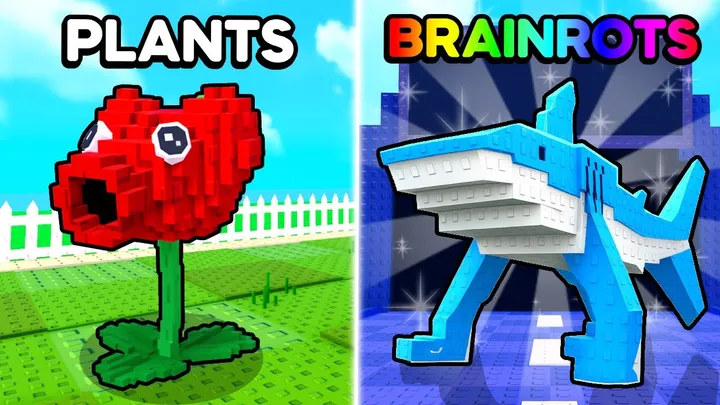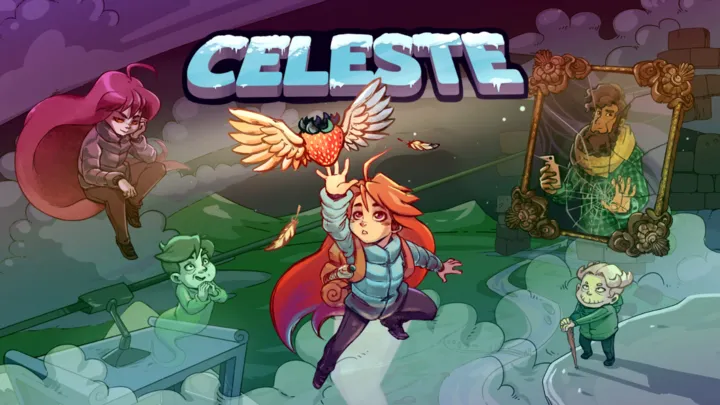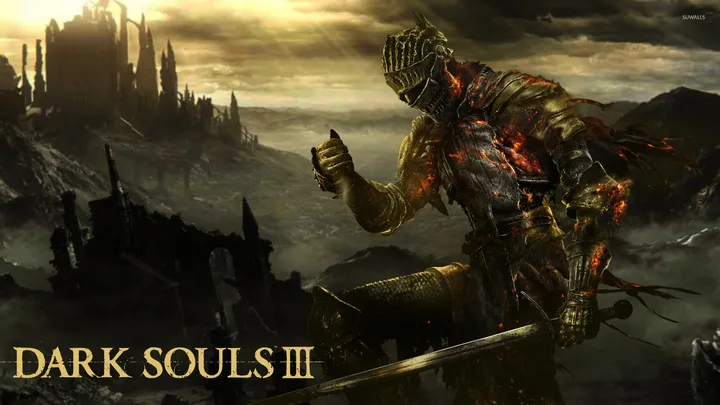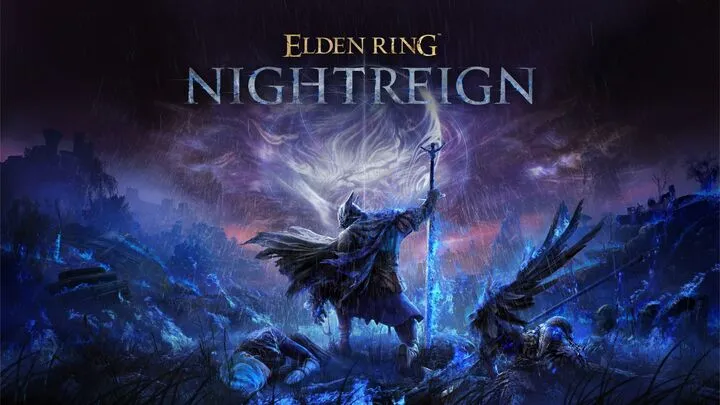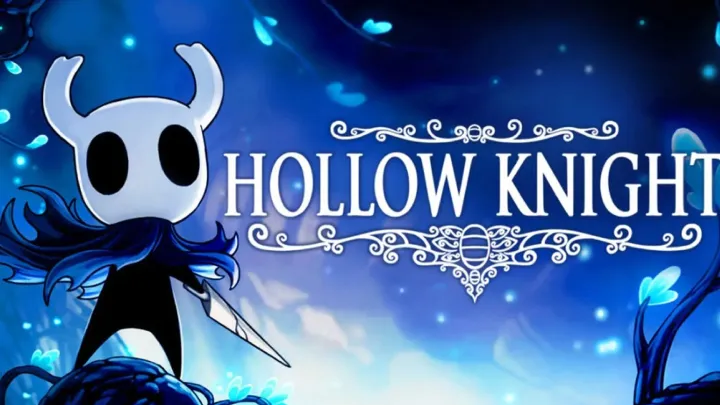Introduction
Video games have always been more than just entertainment. At their best, they spark revolutions, set new standards, and redefine what gaming can be. Some titles arrive at the right time, combining creativity, technology, and cultural influence in ways that permanently alter the landscape of the industry. These games become more than just bestsellers—they become milestones in gaming history.
In this article, we’ll explore ten legendary games that changed the industry forever. From the pixelated days of the arcade to the sprawling online worlds of today, these classics shaped genres, influenced developers, and redefined how millions of people play.
1. Pong (1972) – The Game That Started It All
When Pong was released by Atari in 1972, no one could have predicted the global empire it would launch. Pong was a simple table-tennis simulation with two paddles and a ball bouncing back and forth. Yet this simplicity was exactly what made it so groundbreaking.
Before Pong, video games were experiments confined to laboratories or obscure arcades. Pong brought gaming into bars, bowling alleys, and public spaces. It was the first time video games reached mainstream audiences, proving that interactive entertainment had real commercial potential.
Pong’s influence goes beyond nostalgia. It essentially created the concept of arcade culture, where people gathered to challenge each other for high scores. Without Pong, there may never have been Pac-Man, Space Invaders, or the booming console industry that followed.
2. Super Mario Bros. (1985) – The Platformer Blueprint
By the early 1980s, the video game market had nearly collapsed. It was Super Mario Bros. that revived it. Released in 1985 for the Nintendo Entertainment System (NES), Mario’s adventure through the Mushroom Kingdom redefined the platforming genre and set new expectations for video game design.
The game’s precise controls, creative level design, and iconic power-ups created a formula that countless platformers would follow. Mario didn’t just jump across platforms; he introduced players to a fully realized world with secrets, challenges, and progression.
Super Mario Bros. also cemented Nintendo as a household name. The game’s success helped re-establish trust in video games as a form of entertainment, paving the way for modern franchises. Even today, its design principles influence platformers across consoles, PCs, and mobile devices.
3. Tetris (1984) – The Universal Puzzle Phenomenon
Few games are as universally beloved as Tetris. Created by Alexey Pajitnov in 1984, this simple puzzle game of rotating falling blocks quickly became a global sensation.
Tetris is timeless because of its accessibility. Anyone can understand it within seconds, yet mastering it requires skill, foresight, and quick thinking. The game transcended borders, languages, and generations, making it one of the most recognizable video games of all time.
The real turning point came when Nintendo bundled Tetris with the Game Boy in 1989. Suddenly, people could play anywhere—on buses, in classrooms, or during lunch breaks. This move not only popularized handheld gaming but also proved that video games could reach casual audiences.
4. Doom (1993) – The Birth of the FPS Era
In 1993, Doom exploded onto the PC gaming scene and forever changed first-person shooters. While Wolfenstein 3D laid the groundwork, Doom brought speed, atmosphere, and visceral action that captured millions of players.
Doom introduced concepts that would dominate the FPS genre: fast-paced movement, powerful weapons, and multiplayer deathmatches. It also pioneered the modding community, allowing fans to create custom levels, which extended the game’s life far beyond its release.
Its cultural impact was enormous. Doom spread across schools, offices, and homes, sometimes even being banned due to its addictive gameplay. Every modern FPS—from Call of Duty to Halo—owes part of its DNA to Doom.
5. Final Fantasy VII (1997) – RPGs Go Global
When Final Fantasy VII launched on the PlayStation in 1997, it didn’t just bring RPGs to mainstream audiences—it changed the global perception of video games.
With stunning 3D graphics, cinematic cutscenes, and an emotionally charged story, Final Fantasy VII became a cultural event. Players connected deeply with characters like Cloud, Aerith, and Sephiroth, proving that games could deliver emotional storytelling on par with films.
The game’s success also demonstrated that Japanese role-playing games could thrive outside Japan, opening the door for countless JRPGs in Western markets. Final Fantasy VII wasn’t just a best-selling title; it was a cultural bridge that reshaped the industry.
6. Half-Life (1998) – Story-Driven Shooters Emerge
Valve’s Half-Life wasn’t just another shooter—it was a narrative revolution. Released in 1998, the game abandoned traditional cutscenes and instead told its story through scripted sequences that unfolded around the player.
Players stepped into the shoes of Gordon Freeman, a silent protagonist trapped in the Black Mesa facility after a disastrous experiment. The game blended action, atmosphere, and storytelling in a way that felt natural and immersive.
Half-Life also gave rise to a modding community that would change gaming forever. Mods like Counter-Strike and Team Fortress started as Half-Life projects, eventually evolving into industry-shaping games of their own.
7. The Sims (2000) – Life Simulation Revolution
When The Sims launched in 2000, many dismissed it as a quirky experiment. But soon it became one of the most successful PC franchises of all time. Unlike traditional games, The Sims didn’t focus on battles or quests—it let players simulate everyday life.
Players could build homes, create families, and control every aspect of their Sims’ lives. This open-ended approach appealed to audiences who weren’t typically gamers, especially women, significantly expanding the gaming demographic.
The Sims also inspired a massive creative community. Fans shared custom content, houses, and stories, turning it into a cultural sandbox. It redefined the idea of what a video game could be—proof that fun isn’t always about winning or losing.
8. World of Warcraft (2004) – MMORPG Domination
Before World of Warcraft (WoW), massively multiplayer online games were niche. WoW changed that in 2004 by offering a polished, accessible, and deeply immersive online world.
Millions of players flocked to Azeroth, forming guilds, battling bosses, and forging friendships. WoW didn’t just create a game; it created a virtual society, complete with its own economy and culture.
Its influence extended beyond gaming. WoW popularized subscription-based models, online communities, and large-scale cooperative gameplay. For many, it was their first experience with a truly shared digital world.
9. Minecraft (2011) – Creativity Unleashed
When Minecraft emerged in 2011, it looked deceptively simple. Its blocky graphics and minimalist style hid a revolutionary idea: give players total creative freedom.
Minecraft allowed players to build, explore, and survive in infinite worlds. It became a global phenomenon, appealing to children, adults, educators, and streamers alike. Teachers used it in classrooms, YouTubers built careers around it, and communities created mods that expanded its universe endlessly.
Its impact is profound because it blurred the line between game and creative tool. Minecraft showed that players didn’t just want to consume content—they wanted to create it.
10. Fortnite (2017) – Redefining Online Gaming & Culture
Epic Games’ Fortnite wasn’t the first battle royale, but it perfected the formula and turned it into a cultural juggernaut. Released in 2017, it combined fast-paced shooting with creative building mechanics, making it stand out in a crowded genre.
But Fortnite’s true revolution came from its integration of live events and crossovers. Concerts by Travis Scott, collaborations with Marvel, and in-game events blurred the line between gaming, entertainment, and pop culture.
Fortnite also reshaped business models by popularizing the battle pass system, which has since been adopted by countless other games. It wasn’t just a hit—it changed how games are developed, marketed, and monetized.
Conclusion
From the simplicity of Pong to the cultural phenomenon of Fortnite, these ten games didn’t just succeed—they transformed the industry. Each one introduced innovations, expanded audiences, or set new standards that continue to shape gaming today.
What makes these titles timeless isn’t just their popularity—it’s their ability to inspire everything that came after. Whether through gameplay mechanics, storytelling, or cultural influence, these games remain cornerstones of an ever-evolving medium.
